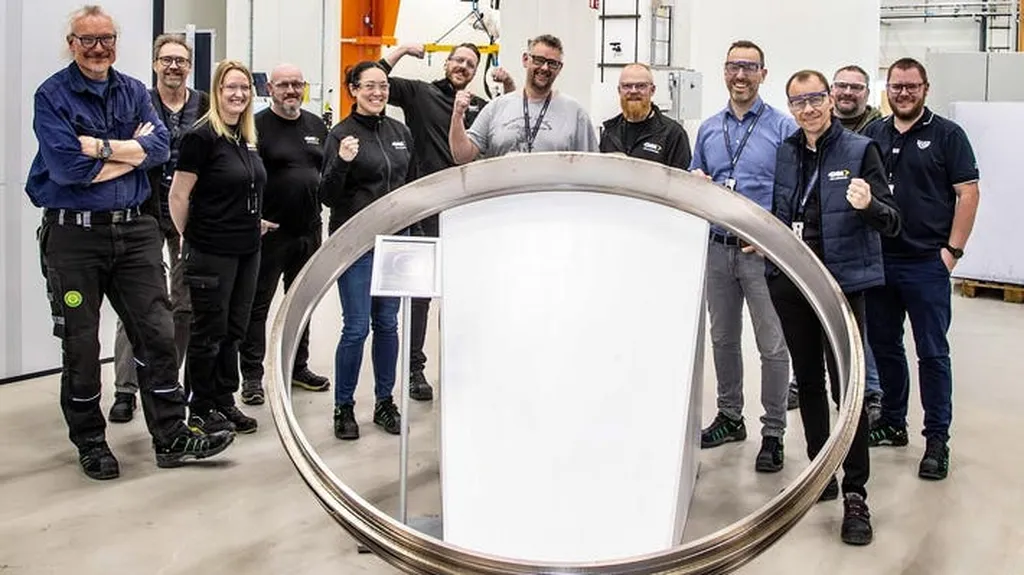In a groundbreaking study, researchers have successfully demonstrated the potential of zeolite-inspired 3D-printed structures to revolutionise high-load-bearing applications in aerospace and defence. By leveraging the intricate geometries found in nature, the team has developed materials with enhanced mechanical properties, paving the way for ultralight and robust components.
The study, led by Rushikesh S. Ambekar and colleagues, focuses on the specific strength—defined as the ratio of strength to density—of materials used in high-load-bearing architectures. Traditional methods of enhancing material strength, such as blending with high-strength components or compositing with fillers, often face limitations due to poor interactions between the filler and matrix at high loads. To overcome these challenges, the researchers turned to nature for inspiration, specifically the complex topology of zeolites.
Zeolites, a class of microporous minerals, are known for their intricate and robust structures. The researchers used molecular dynamics simulations to derive zeolite-inspired structures, which were then fabricated using Fused Deposition Modeling (FDM), a common 3D printing technique. This approach allowed the team to translate the atomic-scale complexity of zeolites into tangible, 3D-printed structures.
The fabricated structures were subjected to compressibility tests in various directions to evaluate their mechanical properties. The results were compared with the simulation data, showing a strong correlation between the simulated and experimental outcomes. This validation underscores the effectiveness of using nature-inspired geometries to enhance material strength.
The implications of this research are profound for the aerospace and defence sectors, where the demand for high-load-bearing, lightweight materials is ever-increasing. The zeolite-inspired structures offer a promising solution for developing ultralight components that do not compromise on strength. This innovation could lead to significant advancements in aircraft design, automotive engineering, and other high-performance applications.
By harnessing the power of 3D printing and molecular dynamics simulations, the researchers have opened new avenues for material science. The study not only highlights the potential of nature-inspired designs but also demonstrates the capability of advanced manufacturing techniques to bring these designs to life. As the aerospace and defence industries continue to evolve, such innovations will be crucial in meeting the demands of modern engineering challenges.
The collaborative effort involving researchers from diverse backgrounds—Rushikesh S. Ambekar, Eliezer F. Oliveira, Brijesh Kushwaha, Leonardo D. Machado, Mohammad Sajadi, Ray H. Baughman, Pulickel M. Ajayan, Ajit K. Roy, Douglas S. Galvao, and Chandra S. Tiwary—underscores the interdisciplinary nature of this breakthrough. Their work serves as a testament to the potential of combining biological inspiration with cutting-edge technology to push the boundaries of material science. Read the original research paper here.

